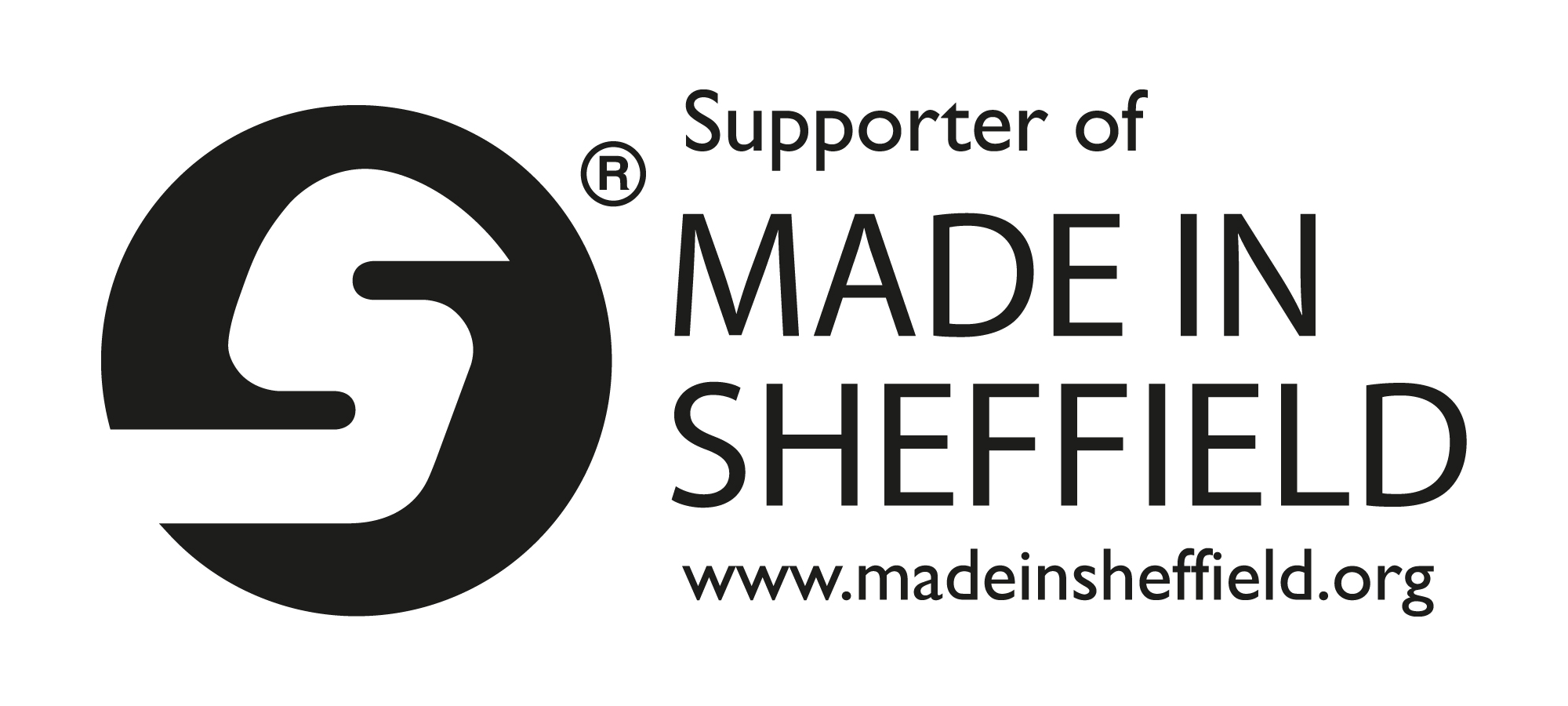What course of action to take when your trade mark is opposed.

Help! Somebody has filed an invalidation action against my registered trade mark – what do I do?
A registered trade mark may be cancelled and removed from the Register following a successful invalidation action.
What grounds do they have to oppose my mark?
The filing of an invalidation action may relate to all or parts of the goods and services covered by the original trade mark registration and may be based on absolute or relative grounds.
Absolute grounds refer to an intrinsic problem in the trade mark itself. For example, the mark is non-distinctive, generic or is descriptive of the goods and/or services for which it is registered. If a trade mark is non-distinctive, descriptive of generic it cannot fulfill its essential function of distinguishing goods or services of one undertaking from those of other undertakings and should be free for all to use.
Relative grounds refer to an earlier registered or unregistered mark which the registered trade mark would conflict with if it maintained its registration.
Who can invalidate oppose my mark?
Applications for invalidation can be filed any time following the registration of a trade mark.
If your registered trade mark was published prior to October 01, 2007 then any party may file an invalidation action on either absolute, relative or combined absolute and relative grounds.
If you registered UK trade mark was published after October 01, 2007 then any party may file an invalidation action on absolute grounds but only the proprietor or exclusive licensee of the earlier registered right may apply for the mark to be invited on relative grounds.
Official fee
Applications for invalidity must be filed on the appropriate form TM26(I) and will only be considered filed upon payment of an official fee (£200)
What happens when somebody has filed an invalidity action against my mark?
If deemed admissible, and accompanied by the appropriate fee, the Tribunal Section of the UK Intellectual Property Office (UKIPO) will forward a copy of the TM26(I) to the trade mark proprietor.
The Tribunal section will set a period of two months from the date of the TM26(I) for the trade mark proprietor to file a TM8 Notice of Defence and Counterstatement. There is no fee to accompany the TM8. The trade mark proprietor should state if they disagree with the content of the TM26(I); put forward any facts they intend to rely upon and provide any additional grounds which would support maintenance of the registration.
Once the Tribunal section have received a TM8 they will serve it on the invalidation applicant.
Failure to file a TM8 within the two month period may result in the Tribunal section invalidating part or all of the original registration.
Evidence in an invalidation action
The invalidation applicant and the trade mark proprietor must each decide whether they wish to file evidence to support their case. Evidence is for example relied upon when the invalidation applicant wants to demonstrate their earlier relied upon right.
Evidence is routinely provided in the form of a Witness Statement which is a legal document including the Witnesses full name and address, a date and signature. The Witness Statement must also contain a statement of truth whereby the Witness verifies that the contents of the statement are true. Exhibits of fact can be annexed to the Witness Statement.
On occasion, evidence may also be provided as an affidavit or statutory declaration or as original documents themselves, such as original invoices or brochures.
Following the closure of the evidence rounds, the invalidation applicant and the trade mark proprietor will be invited to either request an oral hearing or submit final submissions in writing.
For both the hearing and a decision on the papers, a decision will be issued in writing by a Hearing Officer of the Tribunal section. The written decision may also include an order stating that one side should pay a contribution to the other party’s costs, i.e. an Award of Costs.
There is no maximum amount which can be given as an Award of Costs, however, routinely costs are awarded according to an official scale viewable here: TPN2/2016.
An unrepresented party will be fully reimbursed for any official fees but will only receive 50% of the amount shown on the official scale.
Challenging the Decision
Either party may challenge the Hearing Officer’s Decision within 28 days of the Decision. Appeals may be submitted to the Appointed Person or High Court.
There is no official fee for filing an Appeal.
Can I just Surrender my Registration?
In response to threat to invalidate your mark, or a TM26(I) invalidation form, you can voluntarily apply to the UKIPO to limit your registration by the removal of specific classes, or surrender your registration entirely.
There is no official fee payable for a full or partial surrender.
If the mark is surrendered before an invalidation application is filed you will not be liable to pay costs.
If the mark is surrendered in response to an invalidation action, and the invalidation applicant had provided you with the opportunity to withdraw the registration prior to filing their invalidation action, you may be liable to pay the invalidation applicant an Award of Costs.
What happens if I want to apply to invalidate someone else’s trade mark?
If you are considering applying to invalidate a registered mark we recommend that you seek legal representation to ascertain the strength of your case and that you have suitable grounds for filing the invalidation action.
One option is to make contact with the registered trade mark proprietor prior to filing the invalidation action as matters may be resolvable amicably without the need to file an invalidation action. Filing an Invalidation Action without giving the trade mark proprietor opportunity to surrender their mark may have an impact on the Costs recoverable by either side.
If you would like any further information on trade mark invalidations then please contact Abigail Welford on Abigail.Welford@franksco.com.
Date posted January 23, 2020
















